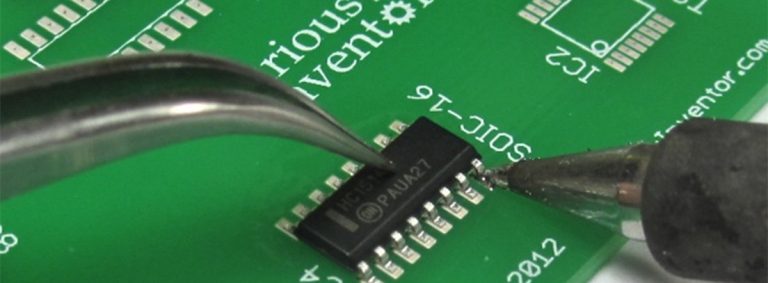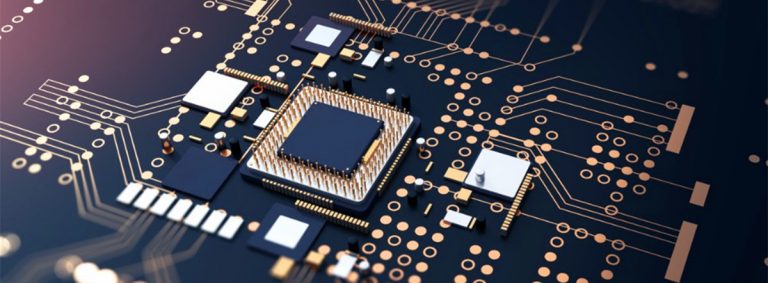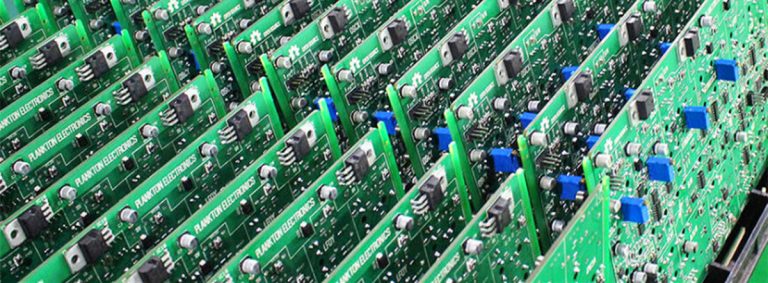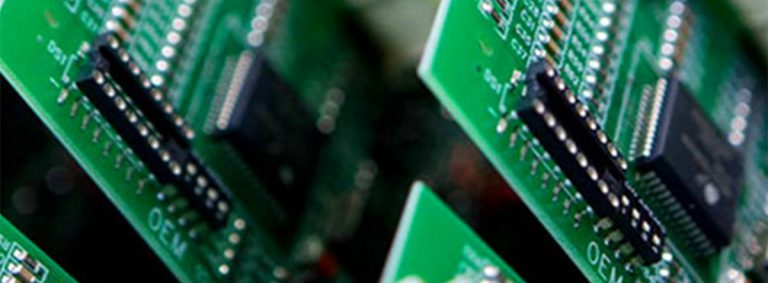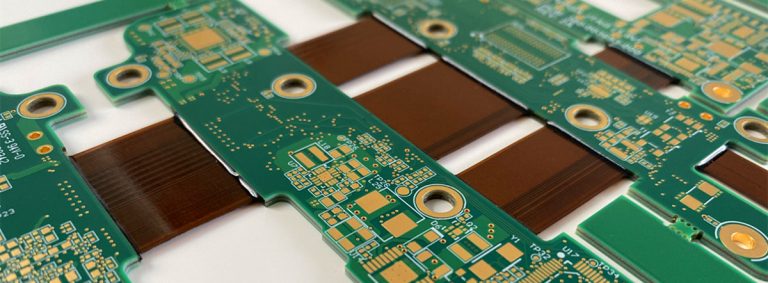The Three Aspects of Custom Printed Circuit Boards Connection

PCB is the basic component of electronic products, and any electronic product needs to make through a hole PCB. Then, in electronic products, the PCB must be connected with other devices, which is the PCB interconnection. Generally speaking, there are three aspects of Printed Circuit Boards Connection: chip to PCB, inside PCB, PCB, and external devices.
1. Interconnection of chip and PCB
The problem with interconnecting chips and prototype circuit boards is that the interconnection density is too high, which will cause the basic structure of the PCB material to become a factor limiting the growth of interconnection density. The solution is to use a local wireless transmitter inside the chip to transmit the data to an adjacent circuit board.
2. the internal interconnection of the PCB board
The internal interconnection of quick turn PCB should follow the following principles: use high-performance PCBS with hierarchical control of its insulation constant to manage electromagnetic fields. Avoid using leaded components, and avoid using through-hole processing on sensitive boards, as this process creates wire inductance at the through-hole. Choose non-chemical nickel plating or immersion gold plating process, which can provide a better skin effect for high-frequency current.
3. External connection of PCB board
External connections mainly include the following:
(1). Wire welding
Use wires to directly solder the external connection points on the custom PCB printing to the components or other components outside the board, without any connectors.
(2). Wire welding
This method is often used for the connection between two printed boards at an angle of 90 degrees, and after the connection becomes a whole PCB printed board component.
(3). PCB socket
In more complex instruments and equipment, this connection method is often used. The printed plug is made from the edge of the double-layer PCB. The plug part is designed according to the size of the socket, the number of contacts, the distance between the contacts, and the position of the positioning hole, so that it matches the special PCB printed board socket.
(4). Standard pin connection
This method is suitable for use in small instruments. Two printed boards are connected by standard pins, and the two copper PCB boards are generally parallel or perpendicular.


